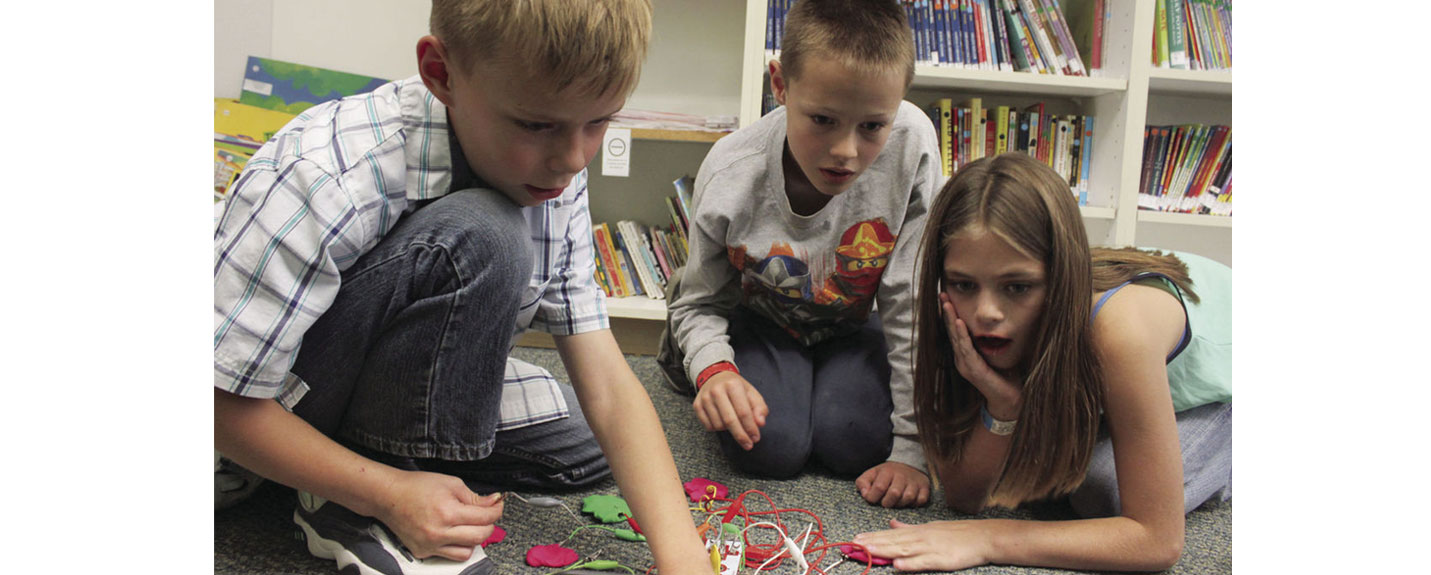
Gem Prep: Pocatello Students Learn Basics of Computer Coding with FabLab
This Post First Appeared in Idaho State Journal | By Josh Friesen
POCATELLO — The Gem Prep: Pocatello charter school has been putting a different spin on the way children are taught since the school opened in 2014.
Its latest innovation? The FabLab. And inside, kids are learning in plenty of new and exciting fashions.
“The point of the FabLab is to give students an opportunity to engage in a fun way with technology,” said Bob Lee, operations manager at Gem Prep: Pocatello. “It’s an application of the things they’re learning in their classroom experience in the way they can touch and feel and manipulate and help them understand how these things apply to the real world.”
Two of the more popular devices children can interact with are the Makey Makey and the Dash & Dot.
The Makey Makey is a gadget that connects everyday items to a computer and uses those items to send signals to the computer. Bananas can be used as piano keys. Playdough can be used as a remote control. Buckets of water can be turned into pads that send electronic cues when you stomp into them. The capabilities of the Makey Makey are endless, and they give students at Gem Prep: Pocatello an opportunity to use their imagination and hone their engineering, artistic and inventive skills.
“You can hook it pretty much to anything and it makes it do something,” said Mallory England, fourth-grade teacher at Gem Prep: Pocatello. “The possibilities with the Makey Makey are pretty awesome.”
The Dash & Dot is a device that teaches children how to code. Users connect to the Dash & Dot via touchpad and program it to do different things such as run an obstacle course or play musical tunes. As computer sciences and technology continue to expand, the Dash & Dot gives children a way to dive into the kind of thinking coding takes in a fun and unique way.
“They’re learning how to do things that will apply to a coding experience,” Lee said. “If they go into information technology, they’ll have to learn how to do this. This is a very, very early step in that process of learning — how to give commands in such a way that what you’re giving the command to will respond in a way that you want it to respond.”
Gerald Love is the principal of Gem Prep: Pocatello. Like many, he was taught at a traditional school in a whole-group setting. He sees the merits in thinking outside the box, teaching children one-on-one and letting kids use their ingenuity in the teaching of real-world skills.
“It gives them an opportunity to be creative and innovative — to use their brains to be positive thinkers and not feel like there’s a ceiling on their learning,” Love said. “There’s no cap on what they cannot do.”



